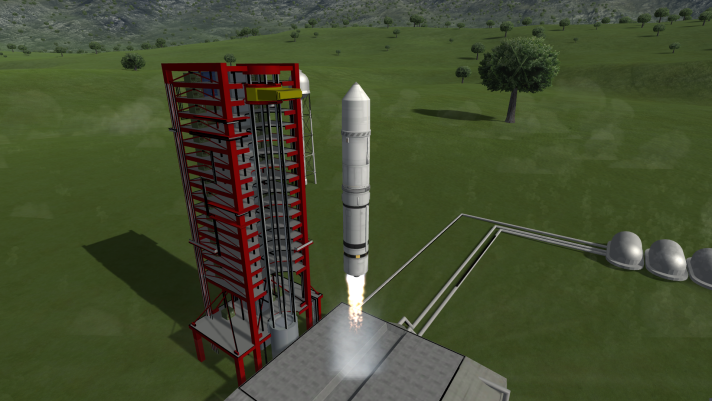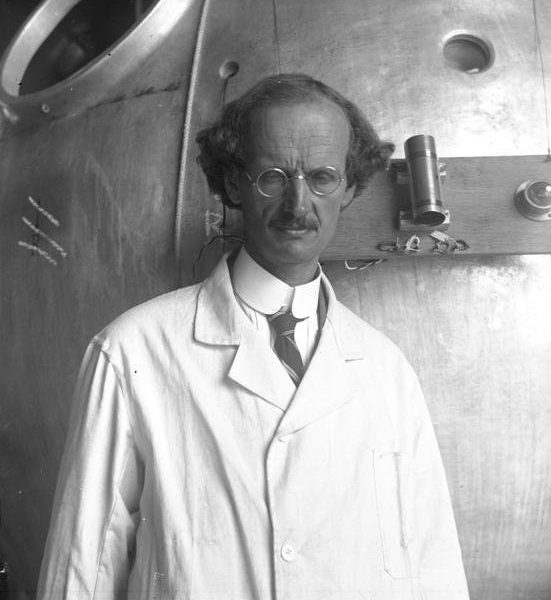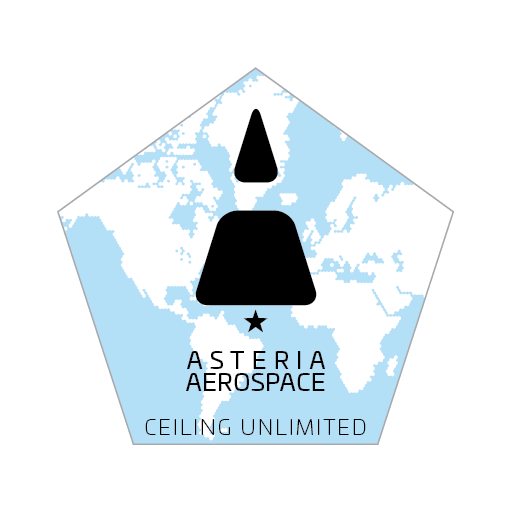Meet The Asteria I

The Asteria I will use Solid Rocket Motors over 4 stages to launch to a massive height of 10 Kilometers above sea level, a tenth of the way to space. At this altitude the atmospheric pressure is only .261 atm. This is almost a fourth of the pressure at sea level. At this altitude we enter… The Death Zone. At this altitude there is not enough oxygen to sustain human life for sustained periods of time. This is where we will be launching the Asteria I, packed full of experiments and payloads.
The Two Payloads:

Image from German Federal Archives via Wikipedia, CC-BY-SA 3.0
Our first developed Payload will be the Auguste Piccard High Altitude Capsule (APHAC). Named for Auguste Piccard, the legendary high altitude helium balloon pioneer whose research into Cosmic Rays helped change modern day science. He and his assistant, Paul Kipfer, were the first humans to reach the Stratosphere. We hope to kiss the edge of the Stratosphere and can see no better person to name our main payload after.

The Global Leonov Independent Delta-winged Explorer (GLIDE) will rocket into the sky aboard the Asteria I. Once at Apogee it will use its aerodynamic surfaces to do an unpowered return to launch site (RTLS) or to another pre-selected destination. The Leonov will be able to carry less payload then the Piccard however it will be able to travel long distances at high speeds and make a fairly soft landing in any location. This can be beneficial to many types of experiments and projects.
